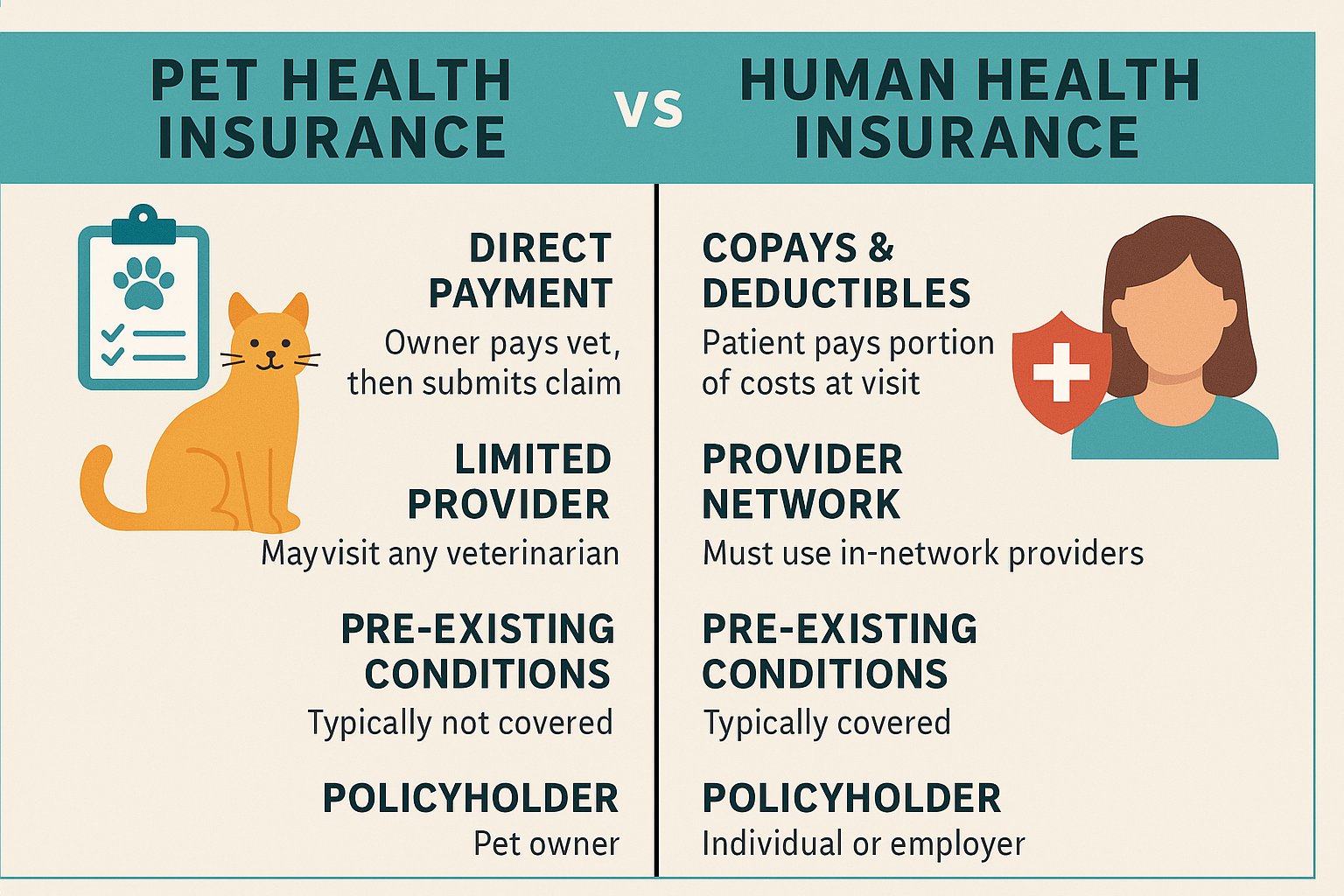
How to File a Health Insurance Claim (Step-by-Step)
Filing a health insurance claim may sound intimidating, but it’s a vital process that ensures you receive the benefits entitled to you under your health plan. In 2025, as more people navigate complex insurance systems, understanding how to file a health insurance claim correctly can save you both time and money. Whether you’re dealing with an in-network or out-of-network provider, or you paid for services upfront, knowing how to submit your claim properly is essential to get reimbursed quickly and avoid delays.
When you receive medical treatment, especially from an out-of-network provider or in cases where the provider doesn’t bill your insurer directly, you may need to file the claim yourself. This process begins by obtaining a copy of the itemized bill from your healthcare provider. The itemized bill should include all services rendered, dates of service, diagnosis codes, procedure codes (CPT/HCPCS), and the total amount charged. These details are crucial because insurance companies use this information to determine your eligibility for reimbursement under your plan’s coverage.
Once you have the necessary documentation, the next step is to complete the health insurance claim form. Most insurers provide a downloadable claim form on their websites, or you can request one by phone. The claim form requires you to input personal information such as your name, policy number, group number, and the reason for the medical visit. It also typically asks for details about the provider and services received. Be sure to fill this out completely and accurately, as missing or incorrect information can result in delays or denials.
After the form is completed and paired with your itemized bill and any required receipts, submit the entire package to your insurance company. Most insurers in 2025 allow submissions via online portals, mobile apps, email, or traditional mail. Online submissions tend to be faster and offer instant confirmation, so they are often the preferred method. If you choose to mail your claim, make copies of everything and use certified mail or another trackable service to ensure your documents reach their destination safely.
It’s important to keep an eye on the timeline. Insurance providers usually have a deadline by which claims must be submitted—often within 90 to 180 days of the service date. Failing to submit within this window may result in forfeiture of your reimbursement. After submission, monitor your claim’s progress through your insurer’s member portal or customer service. You’ll typically receive an Explanation of Benefits (EOB), which outlines how the claim was processed, what was covered, what wasn’t, and how much you may still owe.
If your claim is denied, don’t panic. Insurance denials can happen for various reasons, including missing information, incorrect coding, or services deemed not medically necessary. Review the denial carefully, and if you believe it was unjustified, follow your insurer’s appeals process. In 2025, many companies offer digital tools to help streamline the appeal, making it easier for members to provide additional documentation or request a reconsideration.
To make the entire process smoother, consider maintaining organized records of your medical care, insurance policy documents, and correspondence with your provider and insurance company. Staying informed about what your policy covers and keeping a checklist of required claim documents can help you avoid surprises and speed up the reimbursement process.
In conclusion, filing a health insurance claim doesn’t have to be complicated. By understanding each step—from collecting proper documentation and completing the claim form to submitting it on time and tracking its progress—you can ensure you receive the maximum benefits from your health plan. In today’s increasingly digital insurance landscape, being proactive, organized, and informed is the key to navigating claims efficiently and minimizing out-of-pocket expenses.



